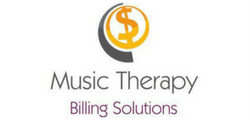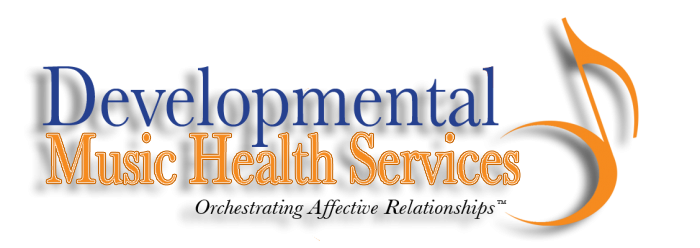I’ve continued my personal summer quest to finish 6 books on my professional reading list. In June I shared my review of two books related primarily to autism spectrum “disorder.” The theme of topical pairing now continues with two books on emotion regulation…
Review of Handbook of Emotion Regulation (2nd Ed.)
Emotion regulation (ER)—and particularly ER development—is my thing. It’s an interest grounded in my clinical experiences in Colorado, and one that’s being carried through my line of research.
The first edition of the Handbook of Emotion Regulation was my primary PhD tome (that, and Music and Emotions). It provided me with foundational knowledge of ER, developmental issues and considerations, neural mechanisms underlying ER, and more.
This second edition, like the first, is a chaptered book. It extends on some of the areas explored in the first edition (such as developmental considerations, social aspects, and biological bases) and expands into other areas of interest (in particular ER interventions and health implications).
Furthermore, it reframes the role of ER in research and clinical work. Whereas the first edition focused primarily on an individual’s ER abilities, this second edition considers (and challenges researchers and clinicians to consider) a more global perspective. For example, in addition to focusing interventions on an individual’s self regulation of emotions, what about exploring ER-informed programs that make larger changes amongst communities dealing with conflict and trauma?
If you’re an academic or clinician-researcher focused on ER, this handbook is a library must-have. However, it’s rather dense with a heavy research focus, so may not be a necessary addition for clinical practitioners.
The other book, though . . .
Review of Emotion Regulation in Children and Adolescents: A Practitioner’s Guide
This next book, Emotion Regulation in Children and Adolescents: A Practitioner’s Guide, is geared for clinicians. It goes in depth on a particular, modular-based program to improve ER skills in children and teens. There are several things I like about the information in this book and how it’s structured:
- It provides a solid knowledge foundation of emotions, emotion regulation, and the development of both.
- The authors consider multiple factors that inform ER skills and therapeutic interventions, such as the role of the family and the larger community.
- Different assessment measures related to ER are identified and described.
The bulk of the book, though, goes in depth on a single intervention program. For the music therapy clinician, what is helpful about this section is that it identifies and describes skill sets related to adaptive ER abilities, such as emotion awareness and emotion understanding. In addition, given the general hierarchical nature of development, it lays out these skills in their general developmental progression.
Thus, though as a music therapist you may not follow this exact program, it does provide you with a solid frame of reference for identifying ER-based non-musical skills upon which you can build your therapeutic music experiences.
P.S. Unrelated to the topic of this post, I invite you to check out my latest PT post on music-motivated exercise (is it a thing?). In addition, I’m excited to share that the Music Therapy Maven blog was ranked by Feedspot as a “Top Music Therapy Blog or Website“! Many thanks to you, Readers, for sticking with me all these years.



 orcid.org/0000-0001-8665-1493
orcid.org/0000-0001-8665-1493






{ 1 comment… read it below or add one }
Thank you for sharing these resources. I’m finding that in the school setting Emotional Regulation is becoming a significant area of need for both students with disabilities and the general student population. The Dance Therapist and myself (Music Therapist) are working to come up with enrichment group plans focusing on movement, music, and mindfulness. Also, I am looking for more assessment resources to assess students who have significant emotional regulation difficulties. Thank you again for sharing!
You must log in to post a comment.